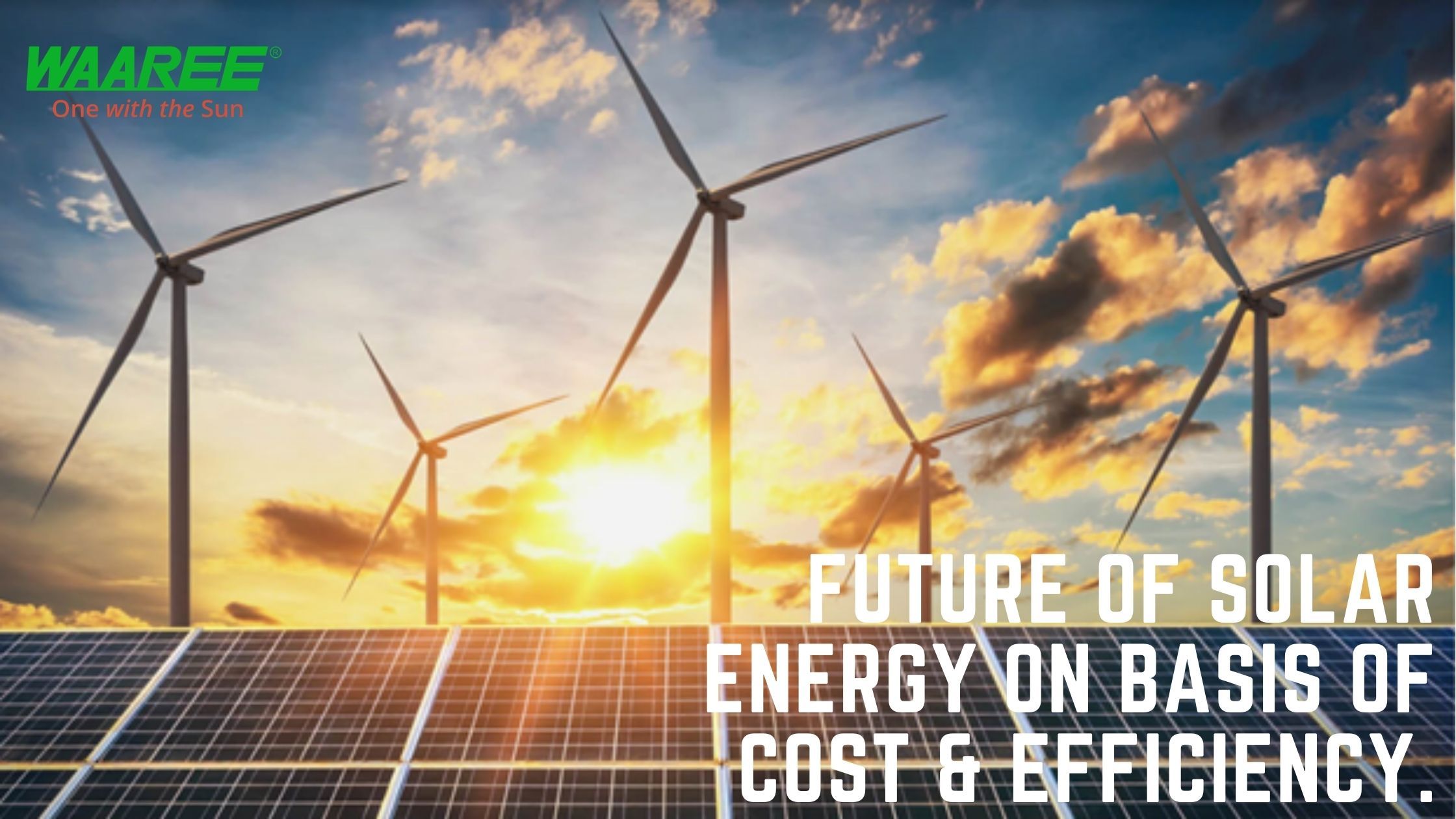











The world of solar energy has changed dramatically in the last 5 or 10 years. Solar panels are recently being installed in greater numbers around the world than any other generation of technology.
The future of solar energy will likewise undergo significant changes, particularly in terms of cost and efficiency. This will make it easier for business and residential properties to invest while also allowing them to become self-sufficient in energy.
Even though the Indian government had planned to reach 20 GW by 2022, it was achieved four years ahead of schedule. In light of this, the government announced a new goal of 100 GW in 2015, which was to be achieved by 2022. Although still in progress, this project appears to be a success as solar panel efficiency improves and costs fall.
India has been labeled as the country with the lowest cost production of solar energy worldwide. This decrease in the cost of solar PV was seen to be between 2010 and 2018 by at least 80%. The country’s average cost for the total amount of solar PV installed within the country was $793 per Kilowatt (Rs. 5.5 crores) in 2018, making solar panels cost-effective. This is very less as compared to Canada’s $2,427 per Kilowatt.
On the other hand, solar energy generation is said to reach a new low in price by 2030, from the current Rs. 2/KWH, the cost will drop to Rs. 1.9/KWH, with price drop of about 70%. This is due to new technologies being developed that have helped make solar panels cost-effective and more efficient.
Even though solar panel concepts have been existing for a very long period, they are becoming popular in recent times. The early solar cells, created in the 1800s, had a low efficiency of less than 1%, rendering them insignificant. This source was deemed a valuable energy source in 1954 when Bell Labs created the first-ever silicon solar panel with a 6% efficiency level.
As the future of solar energy continues to change, there are a lot of manufacturers that have recently been able to produce solar panels with a 30% efficiency level.
However, the next efficiency level is set to see an increase to about 46% in the next few years. Apart from the systems actual efficiency, other factors that affect the solar panel efficiency are stated below:
While it may still be possible to draw energy from the sun, the efficiency level is lowered.
Facing for panels East or North prevents them from receiving optimal sunlight, which can reduce efficiency.
This is necessary to prevent your panels from clogging up with dirt and debris, causing less sunlight exposure.
Keeping all this in mind, it is ideal to consider investing in solar panels, which is beneficial in the long run.
As the largest manufacturer of solar energy in India, Waaree Energies Ltd ensures that each of their clients receives the best in terms of product quality and other necessary solutions.
Read More: Solar Energy: What you need to know